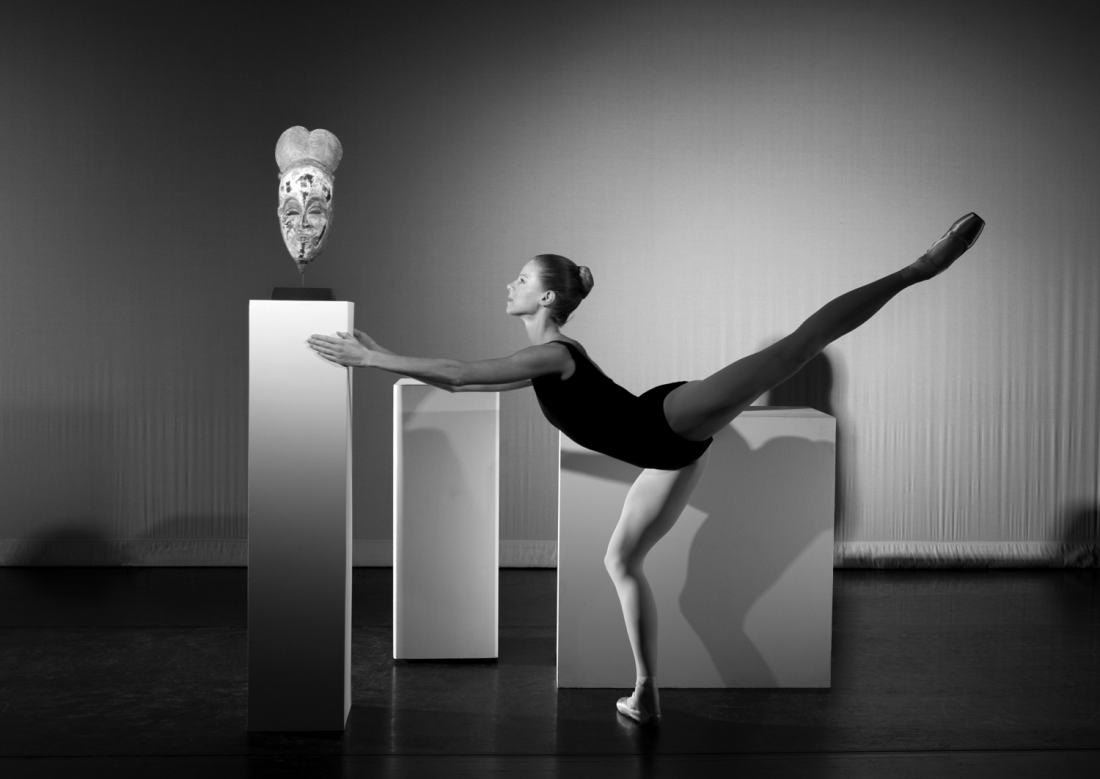I have tried to write this post multiple times and unsurprisingly I cannot find the words.
I am just overwhelmed by how grateful I feel in this moment.
I think the best thing I can do is to keep this short and sweet.
When I came to Winnipeg, I didn’t really know what to expect beyond bugs and cold. I consider myself fortunate in some ways to have had such a blank slate going in.
That blank slate can be applied to all things relating to Winnipeg culture but also to the Public History community here.
I knew some names and cultural locations but not much beyond that.
The community that I walked into here is beyond anything I could have predicted. I have had the opportunity to work with and meet so many wonderful, insightful, and creative individuals. Not everyone is based in Winnipeg but this place provided the scaffolding for those connections.
I had the privilege to complete my internship with Joanna – An incredible supervisor who does so much amazing work! Sets a really good example and treats interns with so much respect and kindness!
This journey also introduced me to some incredible folks who were one year out from the same Master’s program. Like Brooke – Absolutely astounds me with her level of organization and planning! Always thoughtful and thorough and truly inspires me to work harder!
And my lifesaver Hayley – So smart and has pushed me to think critically all the time!!! Also the most generous person I have ever met! I would have been lost (metaphorically and literally) without her.
Although I did not work directly with him I am also glad to have met Joel – Very considerate and helpful! Does a great job of making you feel welcomed and involved!
There is so much more I could say, but I know that anyone who has interacted with this community is already well aware. I also will ramble for far too long if I do not wrap it up now.
Thank you to Winnipeg’s Public History community and to Winnipeg in general for giving me an outlet to learn and explore! My heart is full!
So while I open up this writing space again and contemplate what is ahead I am obviously going to end this post with another bop that sums up how I’m feeling:






